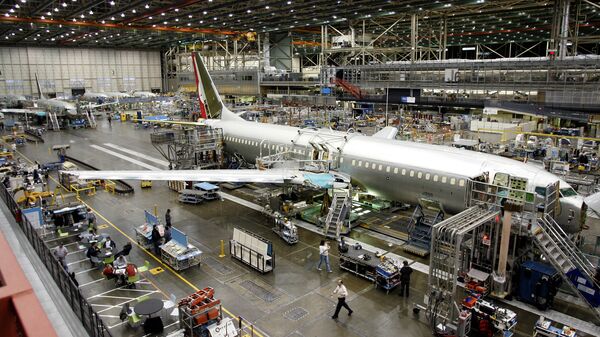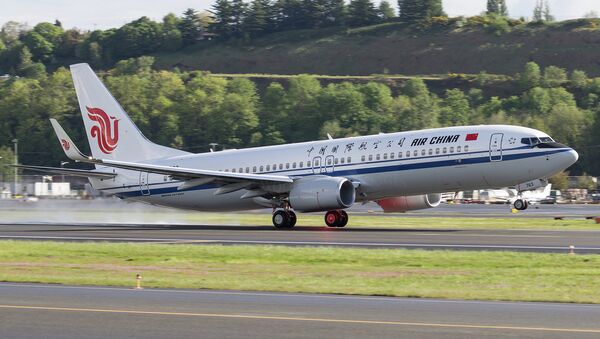According to the magazine's sources, the deal to move some production to China will be announced when Chinese President Xi Jinping stops in Seattle, Washington on September 23, as part of his first state visit to the US.
Boeing declined to comment on the Aviation Week report, which reveals plans for the new facility in China to take unfinished 737 aircraft from the assembly line in Renton, and carry out painting, flight testing, delivery certification and customer acceptance in order to complete the aircraft production, a process which can take up to six weeks.
The development is an extension of the already productive relationship between Boeing and Chinese manufacturing; factories in China make parts for the 747 and the 787, as well as components for the 737 Next Generation. The current model is the third generation derivative of Boeing 737, the world's best-selling narrow-body airliner, which followed the 737 Classic into production in 1996.

"China's aviation market is incredibly dynamic, from its leading airlines to its startups and low-cost carriers," said Ihssane Mounir, Boeing's vice president of Sales and Marketing for Northeast Asia.
The projected demand for 6,330 new airplanes includes 4,630 single-aisle aircraft like the 737, which "help Chinese carriers connect and stimulate growth along the Economic Belt as part of the One Belt, One Road Strategy," said Boeing, who anticipate a particular rise in demand from low-cost carriers.
While Chinese low-cost airlines are currently responsible for about 8 percent of single-aisle market demand, explained the manufacturer, this is expected to rise to 25-30 percent of demand by 2034, driven by China's growing middle-class population, new visa policies and the underlying strength of its economic growth.



